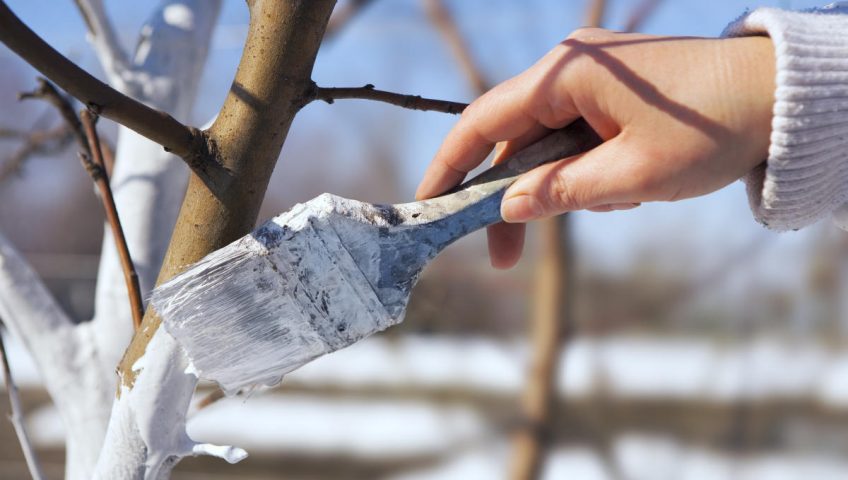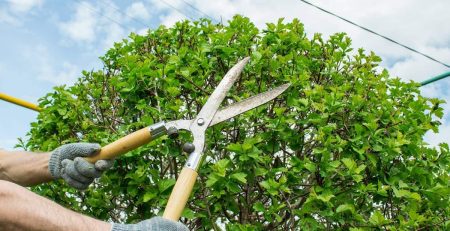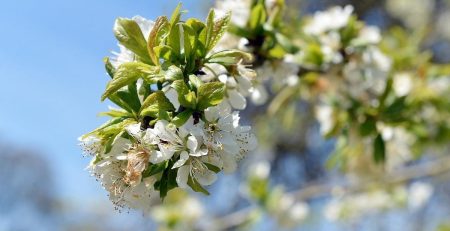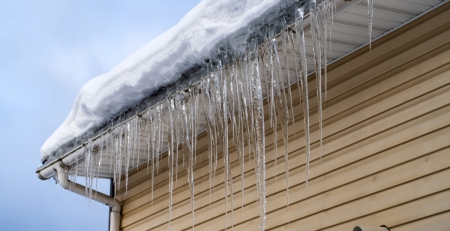Preparing Your Trees for the Winter Season: Essential Tips
As the winter season approaches, it’s important to ensure that your trees are well-prepared to withstand the harsh weather conditions. Taking proactive steps to protect your trees during winter not only safeguards their health and vitality but also sets the stage for strong growth in the coming seasons. In this article, we will explore essential tips to help you prepare your trees for the winter season.
- Mulching: Applying a layer of organic mulch around the base of your trees before winter sets in can provide numerous benefits. Mulch helps insulate the soil, protecting tree roots from extreme temperature fluctuations. It also helps retain moisture, preventing dehydration during dry winter spells. Apply a 2-4 inch layer of mulch, ensuring that it doesn’t touch the trunk to prevent rot.
- Hydration: Proper hydration is crucial for the health of your trees during winter. Before the ground freezes, ensure that your trees receive ample water. Deep watering encourages root growth and helps trees withstand winter dryness. However, be cautious not to overwater, as excessive moisture can lead to root rot. Monitor soil moisture levels and adjust watering accordingly.
- Pruning: Pruning your trees before winter is beneficial for multiple reasons. Remove any dead, diseased, or damaged branches to prevent them from falling and causing damage during winter storms. Additionally, thinning out the canopy allows for better airflow, reducing the risk of fungal diseases. Pruning also helps shape the tree and encourages healthy growth come spring.
- Protection from Cold Temperatures: Shielding young or vulnerable trees from extreme cold is crucial. Wrapping the trunks with tree wraps or burlap helps prevent sunscald, frost cracks, and damage from ice and snow. Be sure to secure the wrapping properly, providing insulation without constricting the tree. For young trees, using stakes or support systems can prevent them from bending or breaking under heavy snow loads.
- Avoid Heavy Pruning: Avoid heavy pruning in late fall or winter, as it can stimulate new growth that may be susceptible to frost damage. It’s best to schedule major pruning activities for early spring or late winter when the tree is dormant, reducing the risk of injury or stress to the tree.
- Monitor for Pest Infestations: Winter can be an opportune time for pests to attack weakened trees. Monitor your trees for signs of pest infestations, such as egg masses, webs, or visible damage. Consult with a professional arborist if you suspect an infestation, as they can recommend appropriate treatment options to protect your trees.
By implementing these essential tips, you can help prepare your trees for the winter season and ensure their resilience in the face of cold temperatures and adverse weather conditions. Proper mulching, adequate hydration, strategic pruning, and protective measures contribute to the overall health and vitality of your trees. Prioritize winter tree care to promote their longevity, and come spring, you’ll be rewarded with robust growth and thriving trees in your landscape.











